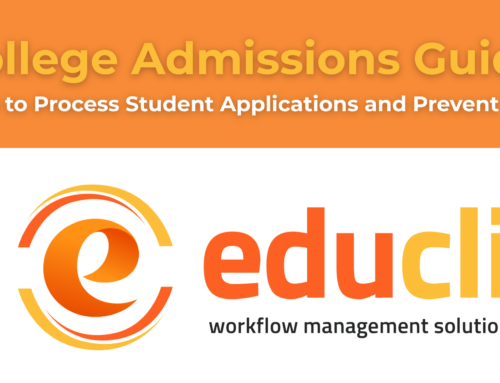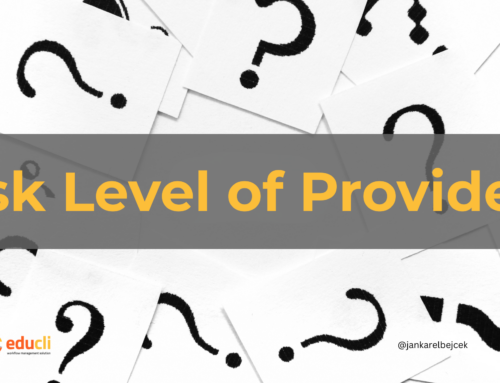We have created a strategic approach for education providers and agents to attract potential students through social media.
In today’s era of constant online communication, social media has become an essential tool in the recruitment of prospective students. Institutions of higher learning should use these mediums not just to inform but also to enthrall and excite their audiences. Learn the ins and outs of social media marketing with this detailed guide that covers everything from creating a monthly plan to posting strategies.
Understanding Your Audience
Before diving into the mechanics of social media, it is crucial to understand your audience. The target audience typically consists of teenagers and young adults, who tend to spend a lot of time online. Instagram, Snapchat, TikTok, and Twitter are popular destinations for these users because they provide access to content that they perceive to be genuine, interesting, and educational.
Crafting a Monthly Structure
Maintaining regularity and currency is easy thanks to a well-thought-out monthly schedule. Here’s an example of how you might structure your posts:
Week 1: Campus Life
- Monday: Showcase campus facilities with a virtual tour on Instagram Stories.
- Wednesday: Post testimonials from current students on Facebook.
- Friday: Share a day-in-the-life video of a student on TikTok.
Week 2: Academic Excellence
- Monday: Highlight a distinguished faculty member on LinkedIn.
- Wednesday: Share a noteworthy alumni achievement on Twitter.
- Friday: Post an infographic of recent institutional accolades on Instagram.
Week 3: Admissions and Aid
- Monday: Conduct a Q&A session on Instagram Live about the admissions process.
- Wednesday: Share scholarship opportunities and financial aid tips on Facebook.
- Friday: Post a step-by-step guide to the application process on your blog and share it across platforms.
Week 4: Engagement and Interaction
- Monday: Encourage user-generated content with a hashtag contest on Twitter.
- Wednesday: Share an interactive poll on Instagram about new course offerings.
- Friday: Host a webinar with a panel of students and faculty and promote it across all platforms.
Strategies for Where, When, and What to Post
Platform Selection:
- Instagram is ideal for visually appealing content like campus shots, events, and student work.
- Facebook is great for longer posts, event notifications, and fostering community through groups.
- Twitter serves well for quick updates, news, and engaging in broader conversations.
- LinkedIn is a platform for showcasing academic achievements and connecting with alumni.
- TikTok and Snapchat are perfect for informal, behind-the-scenes looks at campus life.
Timing Your Posts:
- Analyze your engagement data to find the best times to post when your audience is most active.
- Consider the time zone of your primary audience and schedule posts accordingly.
- Take advantage of real-time posting during events for live engagement.
Content Creation:
- Mix informative content with interactive posts. Use stories, polls, and questions to encourage participation.
- Create a content calendar to plan and ensure a variety of posts.
- Use high-quality images and videos to make your content stand out.
- Personalize your messaging to speak directly to students’ aspirations and concerns.
Engagement Strategies:
- Engage in trending topics with relevant educational twists.
- Use appropriate and trending hashtags to increase visibility.
- Encourage current students to share their experiences online.
- Monitor and respond to comments and messages promptly.
Evaluating and adapting:
- Regularly review analytics to understand what content performs best.
- Be ready to adapt your strategy based on feedback and engagement levels.
- Set clear goals for each platform and adjust your tactics to meet them.
With social media as your primary distribution mechanism, the content marketing feedback loop will take too long. It is common practice to first try out a topic and an angle on social media before investing in developing a longer piece of content. Using social media, we can gauge interest from potential customers who are a good fit for our business.
The feedback cycle of social media:
- Publish something on social media platform of your choice.
- Instantly see if it sparks a dialog, gets reactions, etc
- See if you can turn some of those public conversations into private conversations that lead to sales conversations. (In our case, prospective students)
- Then, start the process of creating longer-form content based on the communication with the prospects—create resources that you can use in the future (other prospective students).
For example, create a post about your college / courses / services on social media first. Then, create a video and post it on your channel. Then, run a private workshop every month to showcase the information to prospective students. Repeat.
Conclusion
Using social media to attract potential students is a dynamic and ongoing process. A well-thought-out strategy, in-depth familiarity with your target demographic, and a flexible content strategy are all essential. Educational institutions can meaningfully engage with prospective students and convert their interest into action by implementing effective strategies and adhering to this monthly structure. This will help them move from a follow to an application. Keep in mind that the point of social media is to connect with others. Fostering a community with prospective students that goes beyond the digital realm and onto the campus grounds requires engaging with them in an authentic and creative manner.
Contact us if you wish to get more information about social media planning or execution.





Leave A Comment